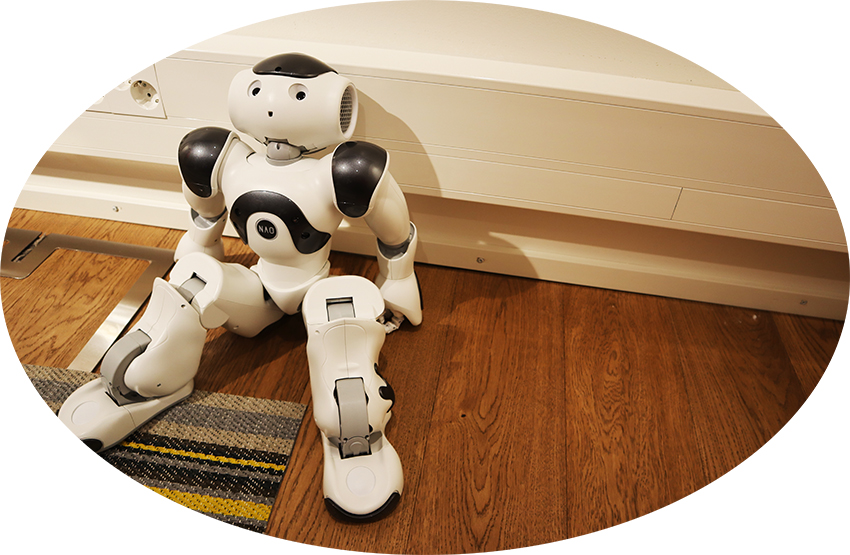
Research by Aila Kronqvist, Solita
Finland the egalitarian country?
The majority of people working in technology development are men – also in Finland. According to statistics, women make up 23% of those working in technical roles in information technology (IT) development (developers). In IT companies, women already represent almost a third of the workforce, but women are mainly in sales, project management, communication and HR positions. The share of transgender people is even more marginal.
Why is this the case and why should we care?
We all use technology in our lives every day. In many cases, technology guides our actions, choices and decisions. It makes our lives easier or more difficult. Do we know how to account for everyone in the design and implementation of IT solutions? This includes active consideration of people in various contexts and situations, values, attitudes, skills, etc. as well as ourselves, our positioning (cultural, global, socio-economic) and our own values, attitudes, skills?
The proportion of women in IT and technology students has increased. Are women and girls studying IT specifically to become project managers, HR people or other roles that require “human-centred” thinking? Or do they end up in jobs they didn’t originally want because the environment doesn’t support their aspirations?
I have studied this subject by collecting stories from women who have worked in IT for several decades. The narratives showed that women often feel their skills and expertise are undervalued by colleagues and clients. They are also often reluctantly assigned the written and organizational work and are not necessarily seen as credible experts, for example as coders or solution designers.
Something needs to be done about this. We cannot afford to let IT development be distorted by gender and a majority bias represented by its developers. I challenge you to join me in raising awareness of this issue by participating in the linked survey. Please think about how you could bring this issue to the fore in your own organization and increase people’s understanding of it.
Here are some additional thoughts on the topic:
- The lack of women in IT development is a global problem.
- There are many contributing factors, including gender stereotypes, discrimination, and a lack of female role models in the field.
- There are a number of things that can be done to address this problem, such as providing more opportunities for women to get involved in IT, stirring interest among girls at an early age, creating more inclusive workplaces, and challenging stereotypes about gender roles.
- It is important to have a diverse workforce in technology development, as this can and will lead to more innovative and creative solutions.
If you work in Finland or in a Finnish founded company and want to participate, please fill in the questionnaire by May 27th, 2024.





